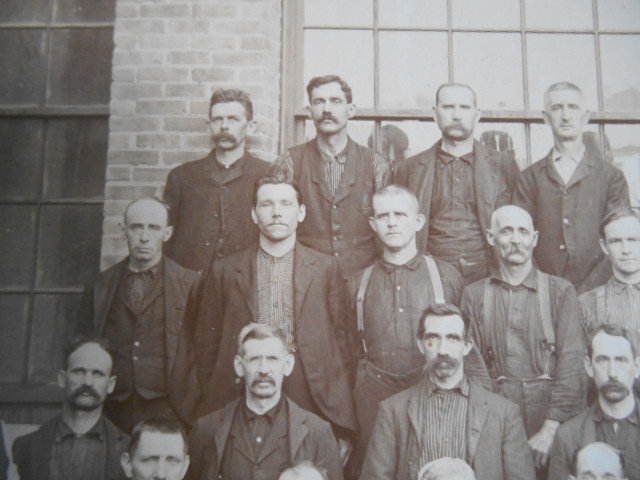
S., Joe. “Sylva Marcil, Adams, Massachusetts.” Mornings on Maple Street. October 03, 2015. Accessed September 02, 2017. https://morningsonmaplestreet.com/2014/12/18/sylva-marcil/.
My partner Susannah and I are planning on focusing our project on the Mill workers of North Adams/Adams during the mid nineteenth through early twentieth centuries. The two cities where not separated until 1878, so much of the information regarding the Irish and Canadian immigrant workers includes both areas. Both cities, originally named East Hoosuck, for the river which provided much needed water power to the factories, served as the main way-station between the Massachusetts coast, New York and Vermont. Lumber was the first resource to be sold from the area however cloth manufacturing quickly became a main source of economic success. As more and more factories and mills sprouted, more and more workers were needed to keep up. In its prime, there were around thirty mills/factories in the North Adams area manufacturing everything from shoes, cloth, lumber, sleighs and wagons, to iron and machine parts. As the years went on and the workers settled their families the town grew and grew. The population rose by nearly five thousand in just ten years in the late eighteen hundreds. Many of the current residence are decedents of these mill workers, however when the last factory closed in the late eighties thousands left to find jobs elsewhere. The town was thrown into economic collapse when the Sprague Electric Company shut its doors. A decade later the Massachusetts Museum of Contemporary Art bought the factory has since become the largest contemporary art museum in the United States, drawing in thousands of tourists each year. The mills where the beginning of North Adams in the nineteenth century and they’re becoming the economic savior in a much different way today.
“History of North Adams.” Museum of History and Science, North Adams. Accessed September 01, 2017. http://www.northadamshistory.org/history.htm.
Leave a Reply